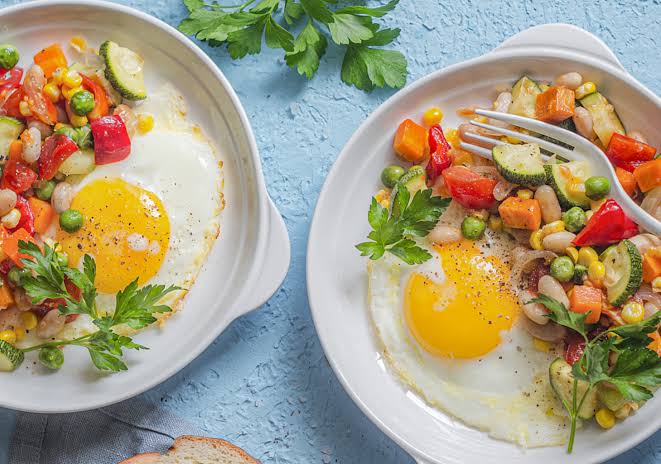Whether it is avocado toast or cupcakes, we expect attractive food to be better for us, according to a recent report.

Previous research has found that a so-called “attractiveness halo” can lead some individuals to believe that smarter people are good-looking. Now a study by Linda Hagen of the University of Southern California in Los Angeles has found that food has a similar impact.
The study finds that people consider prettier food to be more healthful.
Hagen’s study, “Pretty Healthy Food: How and When Aesthetics Enhance Perceived Healthiness,” appears in the Journal of Marketing.
What makes food pretty
People have exposure to an estimated 4,013 foods and 2,844 restaurant advertisements per year according to the report. These commercials show photos for the camera of perfect-looking foods, carefully styled.
Advertisements use images to stimulate the taste-perceiving portion of the brain, which stimulates the reward center of our brain to give us a little mental “taste” of a good dining experience.
According to Hagen, this could also work against the food’s desirability. Unconsciously, these feelings can cause us to think of such foods as tasting too good to be good for us. Nevertheless, advertisers generally regard such advertisements as effective.
“The study asks, “May the alluringly good-looking pizza actually seem healthier to you, because of its beauty, if it is not the way that pretty food stimulates the brain’s reward center? ”
People, foods, and objects strike us as classically pretty when they have those characteristics that we consider beautiful in nature, such as symmetry and self-similar patterns.
Hagen cites the example of golden spiral patterns based on the Fibonacci series that occur in the repeating arrangements of plant leaves. In the case of food, the study claims that people prefer to equate food with an attractiveness dependent on nature as being better for them.
Pretty food = more natural food = healthier food, says the study.
In this equation, our unconscious response to the prettiness of food may override our objective knowledge that nutritional value, or being low-fat or low-calorie, are not actually visible traits.
The study
In a series of experiments, Hagen tested her theory.
The first experiment involved the task of finding both “pretty” and “ugly” pictures of ice cream sundaes, burgers, pizza, sandwiches, lasagna, omelets, and salads from 803 participants. The participants scored the pretty versions of their foods as being healthier, as expected. Tastiness, freshness, and portion size were not seen by them as affecting variables.
Participants scored the healthiness of avocado toast in another experiment. Individuals obtained details on the ingredients and price before showing photos of the meal, which was the same with all of the cases.
Participants who saw photos of “pretty” toast with avocado rated it as more natural and healthier as well.
Prettiness did not affect perceived tastiness.
Hagen provided 801 individuals with two similar photographs of a variety of foods that differed in levels of health in another experiment that examined the influence of stimulus bias. The dishes were almond butter and banana toast, marinara spaghetti, and cupcakes. The participants were manipulated by researchers to expect either a pretty or ugly image:
“This study is about PRETTY [UGLY] FOOD. The food in the image we will be showing you will be very pretty [ugly] … The foods will be orderly [disorderly], they will look symmetrical [lopsided], and the proportions will be balanced [unbalanced].”
Individuals thought the food was more beautiful because they expected an organized, symmetrical, and healthy appearance in the picture they saw, endorsing the notion that beauty follows natural properties. The participants once again correlated beautiful foods with being more normal and healthier.
Hagen asked 89 individuals if they would be willing to pay for either a pretty or an ugly bell pepper to assess the effect of attractiveness on buying behaviour. Again after judging it to be more normal and healthy-looking, participants were more likely to purchase the better-looking pepper. (They were expecting it to taste better as well.)
Hagen also performed a pair of online experiments using Amazon’s Mechanical Turk, confirming that expectations of food attractiveness were influenced only by classical prettiness characteristics.
True and targeted marketing
There are two marketing takeaways offered by the study.
First, images of carefully styled foods in ads and on menus may promise more than satisfying food. “With fast-food in mind, Hagen writes: “This result is disconcerting because unhealthy food is a significant proportion of visually advertised food.
Second, the study suggests a way for advertisers to more efficiently convey the health of goods by showing photographs of intentionally modeled foods to exhibit features that qualify as classically attractive.






